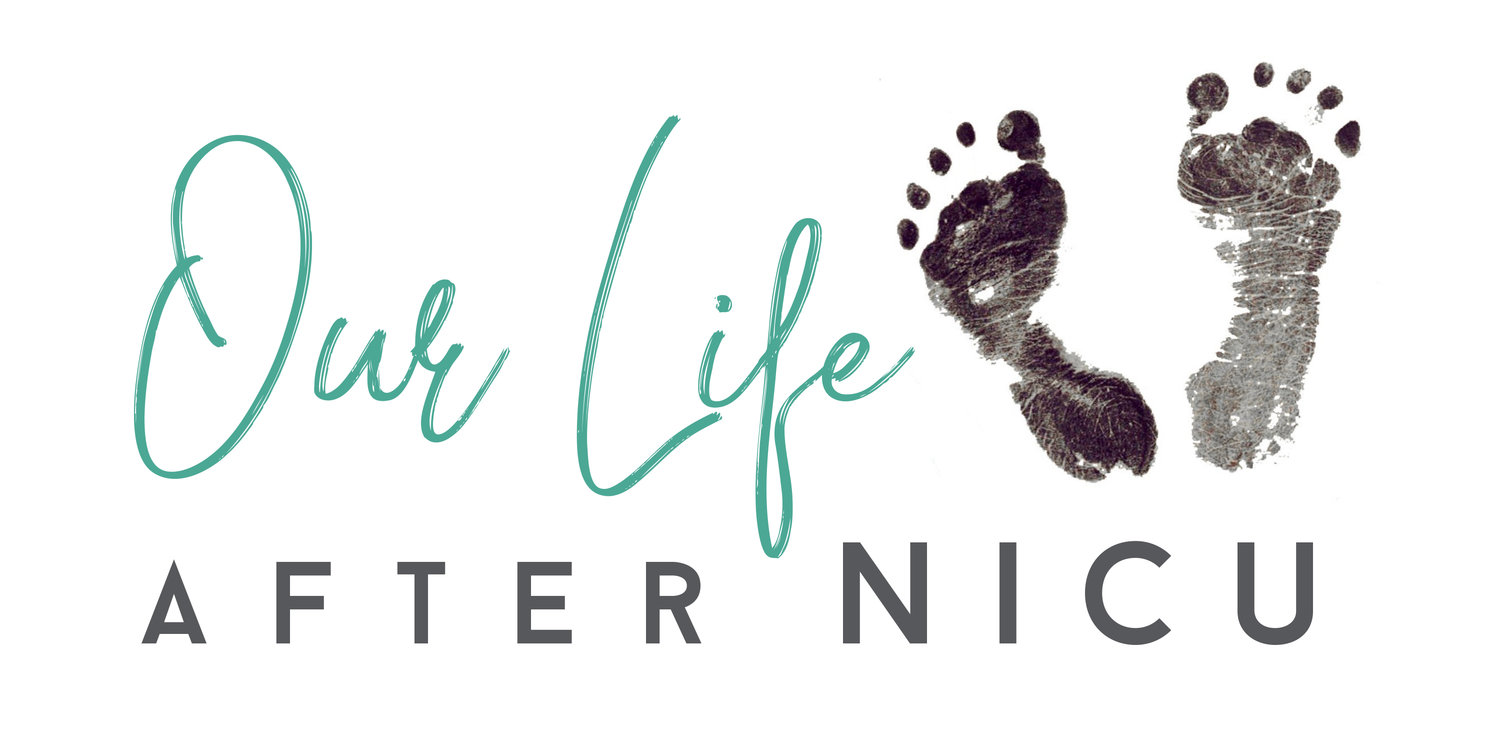If you follow Conner on Instagram then you have probably seen me talk about Cuevas MEDEK Exercises (CME/MEDEK). I typically refer to it as MEDEK because it is just easier to type and as a mom, I will take all the extra seconds I can get in a day! I should also start off by saying that I don’t claim to be any type of CME/MEDEK professional. I am just a mom that has seen the benefits of MEDEK for my son and I can’t keep it a secret. I want every therapist, every parent, every doctor and every person I pass on the street to know about this life changing therapy option for kids with motor delays.
So, are you wondering what MEDEK is? About 7 months ago, I was wondering this and so much more. What is this form of therapy? Why have I never heard of it? Why has my mom (who is a PT) never heard of it? Why have none of Conner’s therapists heard of it? Why don’t Conner’s specialists know about it? And ultimately, is it a good fit for Conner?
MEDEK is a form of physical therapy used to treat children with motor delays. It was created by Ramon Cuevas in Venezuela between 1971 and 1973. The basic MEDEK assumption is that in a gravitational environment, we require postural control and the ability to pull up against gravity, to stabilize our body in space. Gravity is considered the main stimulus that triggers the neuromuscular system to react. MEDEK relies strongly on the vestibular and proprioceptor systems.
Typical developing children learn to respond to gravity naturally. It is what our body was designed to do. Children with motor delays don’t have that opportunity. MEDEK creates the opportunity for them to learn to respond to gravity and build strength. It also builds pathways in the brain which allows it to become a more natural and learned movement.
MEDEK exercises can be done on a therapy table or on the floor with MEDEK equipment (boxes, boards, cubes, balls, etc.). There are well over 500 MEDEK exercises. Some kids are on the table in the beginning and progress to the floor. Some kids do both table and floor exercises and some kids are doing floor exercises only. Every child is so different and their abilities and progress vary. There is no one size fits all when it comes to MEDEK, but it has the ability to help so many different types of kiddos.
MEDEK does not require the cooperation from the child and generally there is no coaching a child. If you tell a child what to do then they are only performing for you rather then learning what to do on their own thus resulting in stronger neuro pathways. Kids respond in all ways during MEDEK.
A popular way for kids to respond is to cry, but it is important to know that they are NOT in pain. They may cry because it is HARD. Wouldn’t you cry if you were out of shape and in a bootcamp for an hour. I know I would which is why I don’t work out in public! Some kiddos may cry because they are scared. They are not use to the positions that they are in even though they are age appropriate positions. They will soon realize they prefer these new positions over their old positions. It literally opens up their world to new opportunities.
Many children with motor delays have an immature vestibular system. The vestibular system is the sensory system that provides the leading contribution to the sense of balance and spatial orientation for the purpose of coordinating movement with balance. MEDEK is one of many activities that can be helpful for the vestibular system.
So, how do you help your child while they do MEDEK? It depends on your child, but some common distractions are music, videos on an iPad or iPhone, bubbles or creating games during/after each repetition or exercise.
As you may have found in your MEDEK research, it is not well known in the United States. We are on a mission to change that, but it will take time, it will take spreading awareness and ultimately finding therapists ready and willing to get trained in MEDEK so they can start to change the quality of life for some many kids. To learn more about MEDEK, follow OurLIfeAfterNICU and MEDEKAwareness on Instagram or send us an email.





